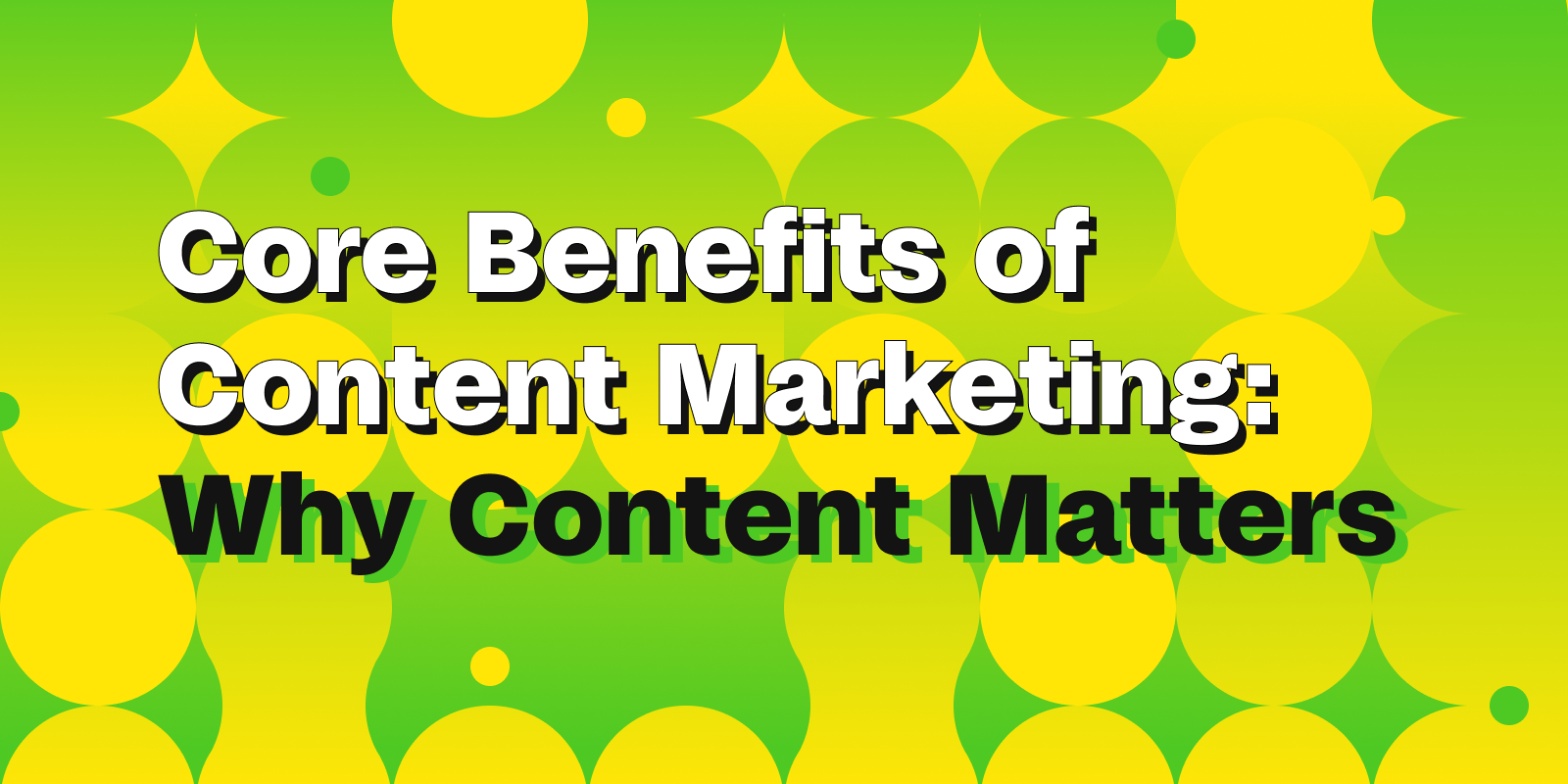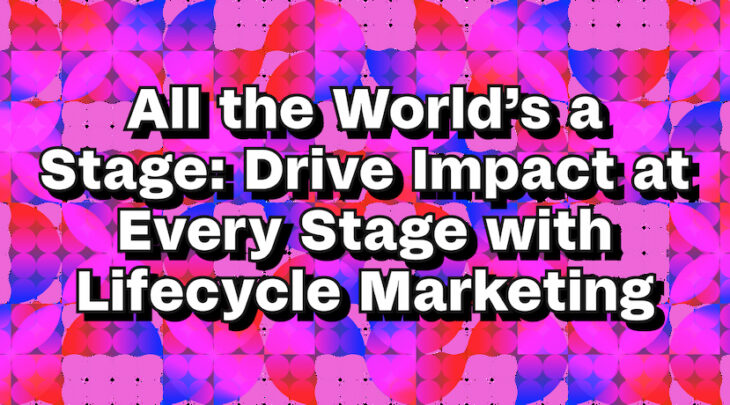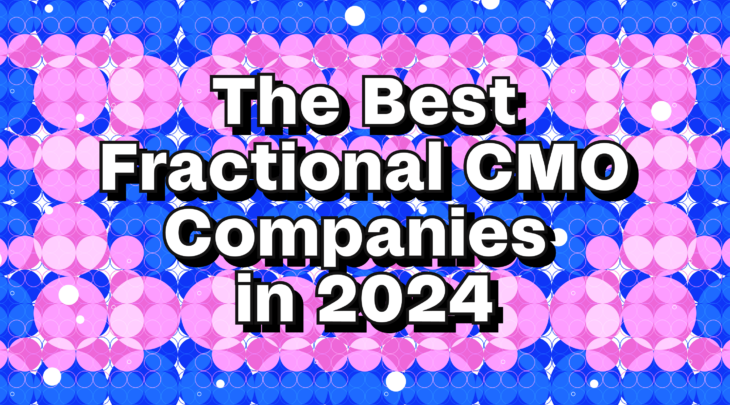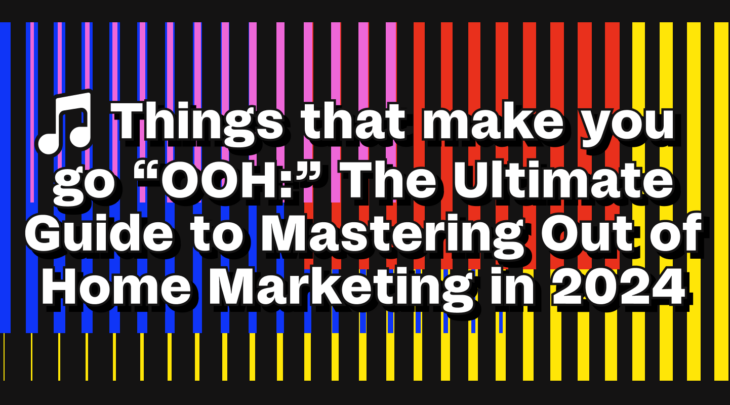With relationship building taking the forefront of most marketing efforts and brands recognizing the long-term value of low-churn strategies, content marketing is quickly becoming the darling of growth marketing strategies. While previous iterations of the growth marketing stack focused heavily on a balance of multi-channel paid media with some organic sprinkled in for good measure, content is increasingly having its value recognized and leveraged at every stage of the marketing lifecycle to optimize for each stage of the loop.
While certain types of content are better suited to solve for specific stages of the marketing journey there are opportunities for certain content, if leveraged properly, to satisfy the needs of people at every stage of the journey. An educational TikTok can simultaneously be the first touchpoint for someone who has newly discovered your brand and is early in their search, or the validation to push someone to purchase as the piece of information the video contains speaks directly to their pain points or even a shareable moment that inspires the customer to become an advocate by sending the video to a friend.
Ultimately the benefits of content marketing are many, but in the interest of keeping this under 10k words, here’s the TL;DR:
Leveraging content to build relationships:
The relationship between brand and consumer is increasingly becoming more and more like a friendship or mentorship — one in which there’s a certain level of trust and meaningful connection that’s being made to establish a long-standing connection.
The reasoning for this is fairly simple, in that the stronger the relationship with the audience, the more valuable that relationship becomes. If we were to look at two customer journeys as examples, we might see two different outcomes based on the relationship between brand and customer.
In journey one, the customer has a specific need, they’re served an ad based on their previous behaviors to suit that need, they move to purchase, and if the product suits the needs they may or may not purchase again depending on how well it works, whether the product is competitively priced, or any other number of factors.
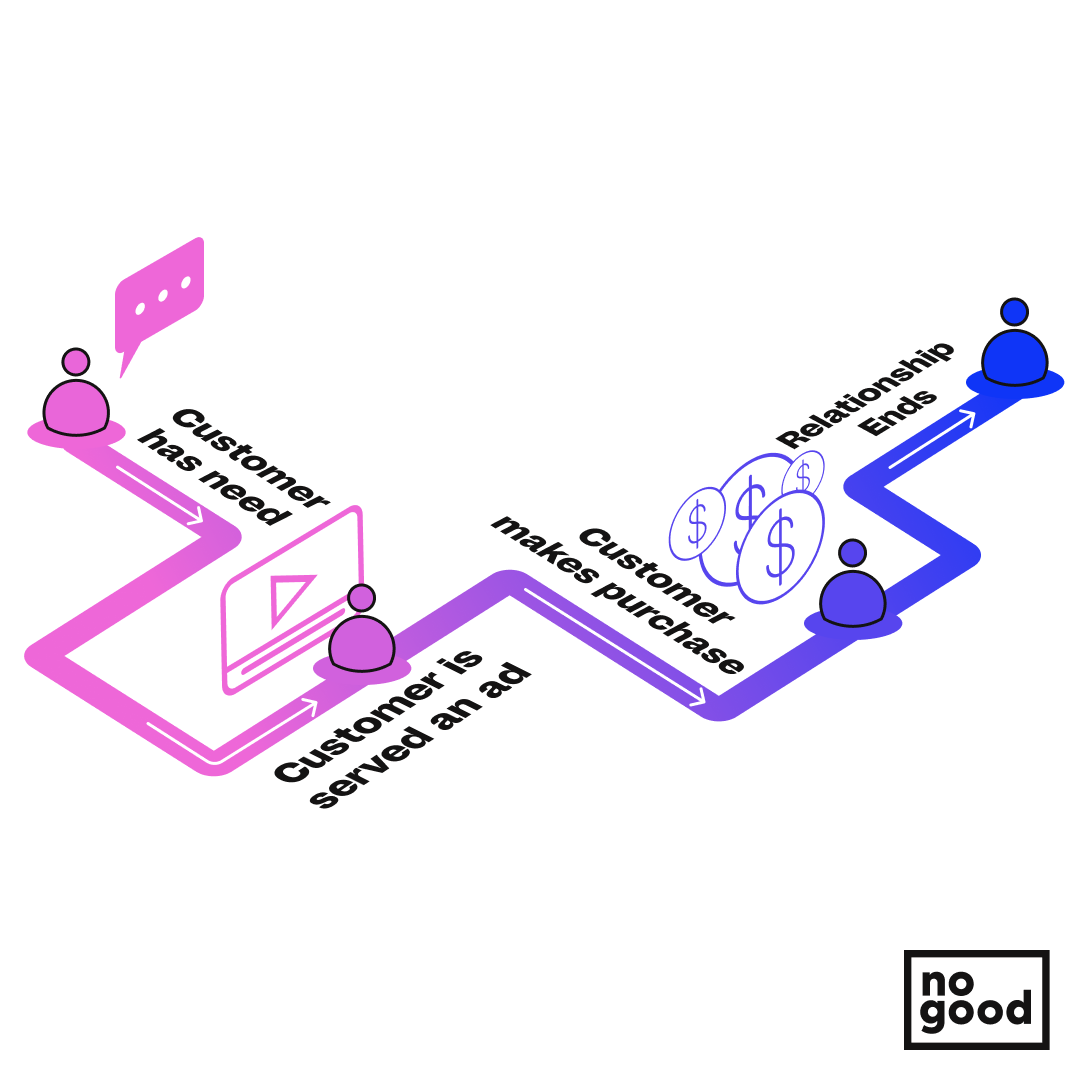
In journey two, a series of content pieces are created via UGC where the audience’s pain point is the focus. These content pieces span a landing page that the user discovers when searching for a solution to their problem, which leads them to a blog post that goes into deeper detail on how the product will help them, which encourages them to sign up for their email campaigns, which have a CTA to follow social their social media, where they regularly post content that’s relevant, informative, and engaging — and yes, there might be some ads out there too to catch the stragglers.
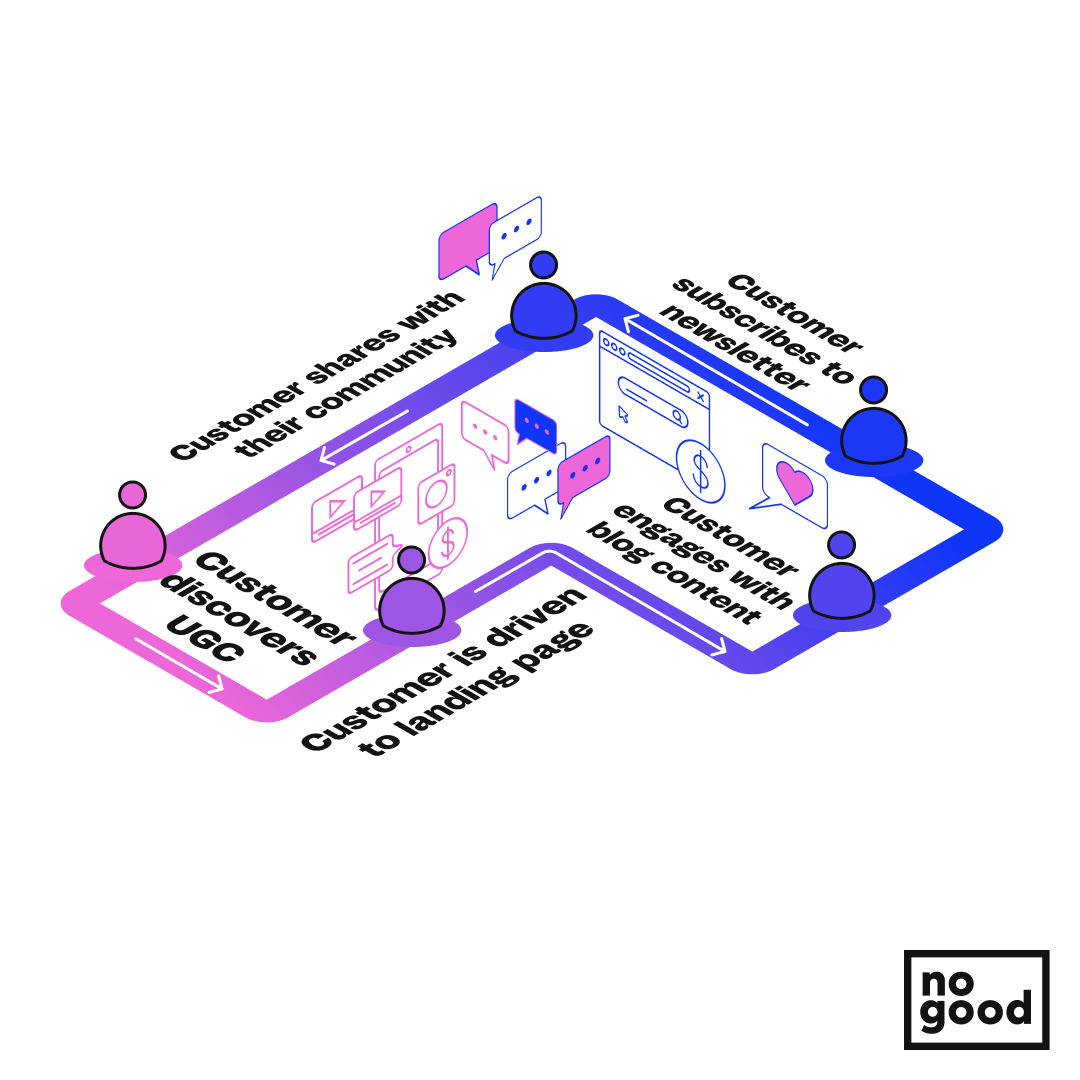
During the first journey, the interactions are purely transactional with the intent to purchase is the main focus of the process. During the second journey, however, the interactions are meaningful, engaging, informative, and otherwise valuable to the user which helps to build the relationship to develop loyalty and connection. The content is written in a specific voice in order to appeal to a specific audience, video content features specific content creators that are within the social spheres of the user, and other distinctions of color and preference are harnessed to strengthen the bond between brand and user.
While yes, this second journey may have taken a bit longer than the first journey, it also positions the brand favorably in the post-purchase landscape. For the first journey, there were only a few factors driving loyalty for repeat purchase, or advocacy — whether the product worked, and how much the product cost. For the second, there are so many touch points that not only stick with the user through future content but encourage repeat purchases and advocacy by appealing to their various preferences — color, tone, voice, etc.
Good content is like an old friend, one that you may not need or have around you all the time, but is there when you need it, and tends to know exactly the right time to present itself — and what’s better than old friends?
Content Makes Dollars Go Further:
It’s true that nothing is “cheap” or at least not lately, but the reality is that ad budgets need to be renewed with some frequency, and while you’re optimizing that ad spend, there is some of it that ultimately goes to waste.
While content isn’t without its own associated costs, a strategically crafted piece of content going viral can afford an organization massive returns and will exist for days, months, or even years past publication — continuously driving traffic and conversions along the way.
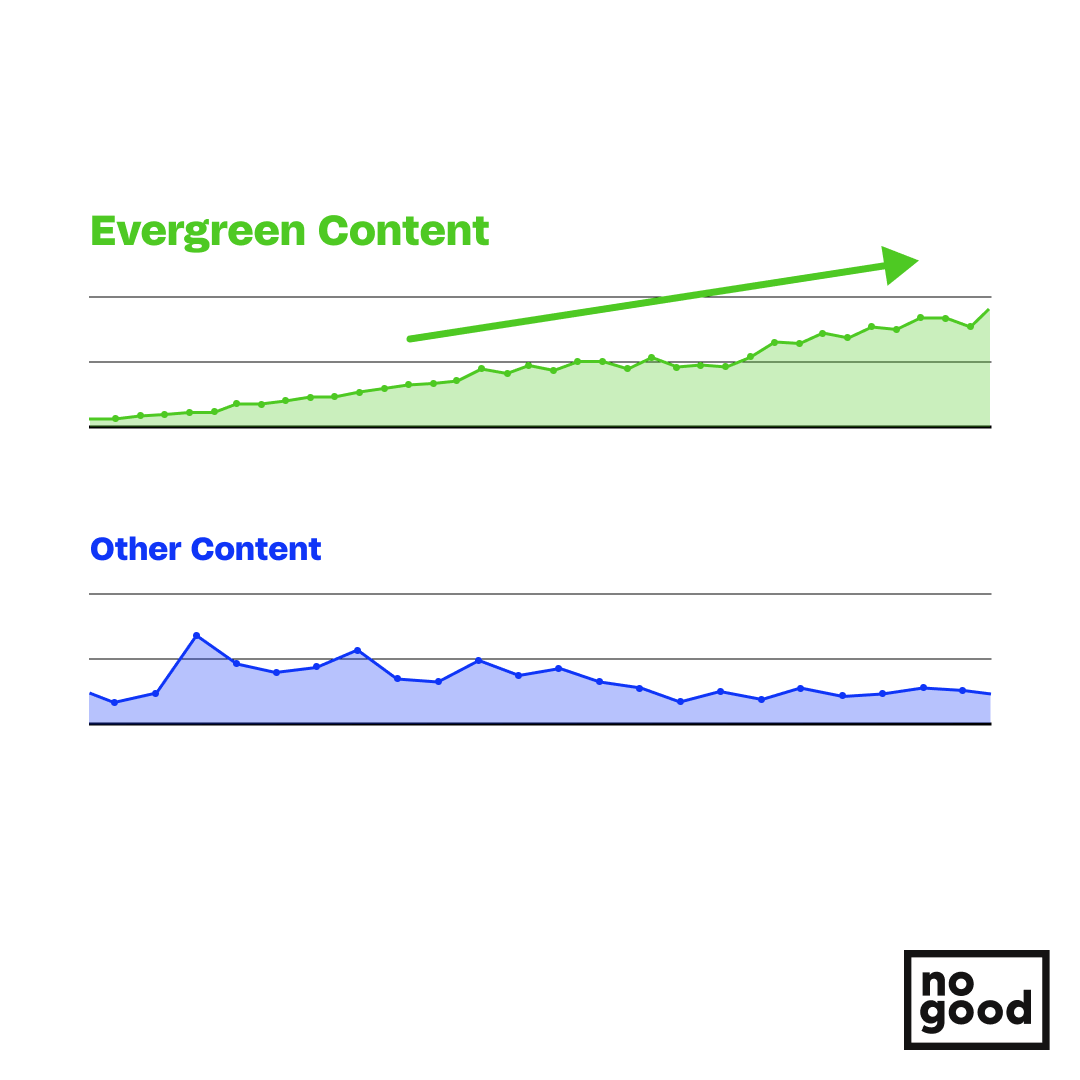
This is particularly true of blog and social content, as they live in perpetuity on our feeds and remain discoverable long past the post date, with blog content offering the opportunity to perform regular maintenance and updates to optimize based on observations and learnings.
While written in 2019, our piece on the Peloton Marketing Strategy is still driving traffic and conversions to the NoGood site to this day while only requiring minor updates as the brand has pivoted and adjusted its strategy over the years.
Data Insights + Cross Channel Learnings:
Depending on the channel, content marketing can happen quickly, or provide long-term learnings about your audience and community. These learnings can later be leveraged to help to optimize your ad spend or vice versa.
There’s a common misconception that paid and social content are separate entities, but this couldn’t be further from the truth. In reality, they work closely together with the learnings from each platform informing the decisions on the other.
Depending on the cadence of your paid Media campaigns, social media content can be run in multiple iterations to test nuances in design and messaging while the campaign runs its course. Once completed, the learnings from the paid Media campaign can be applied to the next wave of iterations of your social content, while the learnings from the rapid iterations of social content can inform new iterations for your paid campaigns.
This process can be repeated as frequently as necessary, depending on your paid cycles, with new insights and optimizations becoming available with each cycle.
These insights are not limited just to social and paid Media either, as blog content, email campaigns, landing pages, and all other forms of content can provide insights into your audiences to help better understand them and of course, cater your messaging to them.
Discoverability + Intent:
With Google processing, billions of search query each day, and TikTok quickly making a name for itself as the search engine of choice for GenZ, discoverability and lead gen is one of the most valuable benefits to content – particularly when optimized for intent.
This will be particularly beneficial as we move into a cookie-less future and targeting becomes less of an exact science for marketers and brands to continue building their strategies for single-party data.
Content allows brands to target specific demographics with a specific intent without cookies, or single-party data like an email, phone number, or social handle.
Through the implementation of an omnichannel content strategy, brands can determine not only who their audiences are, but where they hang out, what their motivations are, and what the competition is doing. In doing so, brands are able to take control of their lead generation and shift to inbound and have audiences come to them through search intent – as opposed to relying on paid Media to find those who might be interested in your brand or project.
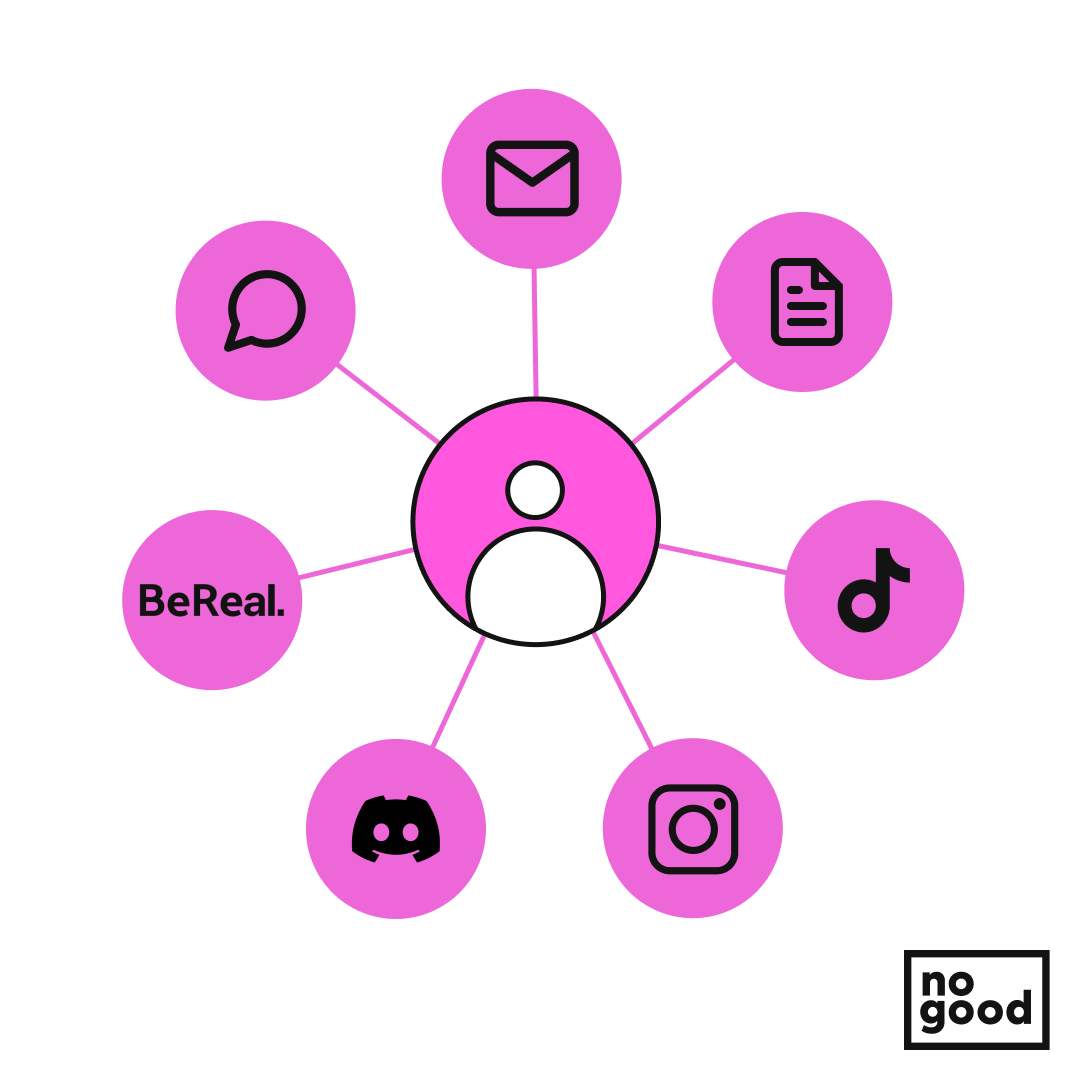
These strategies can target audiences across different channels and build in their own funnels through a content journey in order to not only engage communities but convert them to customers and advocates.
Becoming an Authoritative Source:
As a brand, building your authority in a particular space, or on a particular subject or product, carries more benefit than just winning the trust of your audience – though that is admittedly a large portion of the value.
Building authority as part of your Content strategy not only builds trust in new audiences but encourages them to share your content as well to inform others within their communities – organically activating audiences and turning them into advocates.
Authority, however, has a more complex value-add as it relates to content as content structures can be engineered to serve as their own funnels – and drive additional traffic in the process.
While creating a singular piece of content that acts as a comprehensive resource that covers each and every angle on a specific topic to an exhaustive extent is often seen as the most direct route to building authority and gaining the favor of communities — though the reality is a bit more nuanced than that and sometimes less can be more.
As a full-funnel approach, and to maximize the benefits of your content, the gigantic pillar pieces that act as comprehensive guides can also be broken out into digestible chunks to meet the audience where they are in their discovery journey.
This will ensure that, no matter what the communities needs are, they are being met and served with a piece of content that has been built into your content strategy, and optimized to be found at just the right time, by just the right person, ensuring that your answer is always the right answer and that those who find it, associate your brand with being a comprehensive authority — rather than one with a singular pillar of knowledge.
Content That Keeps on Giving
As we continue to navigate the content economy and use content as currency, we need to keep a close eye on where we’re deriving the value from our content and how our audiences and communities benefit from what we’re putting out there.
It’s a process that is ongoing and, as with all that we do, requires incremental adjustments based on observations and data in order to be properly optimized and ensure that it’s working.
If you’re looking for content marketing services that can help you reach and speak to your target audience, talk to us!
